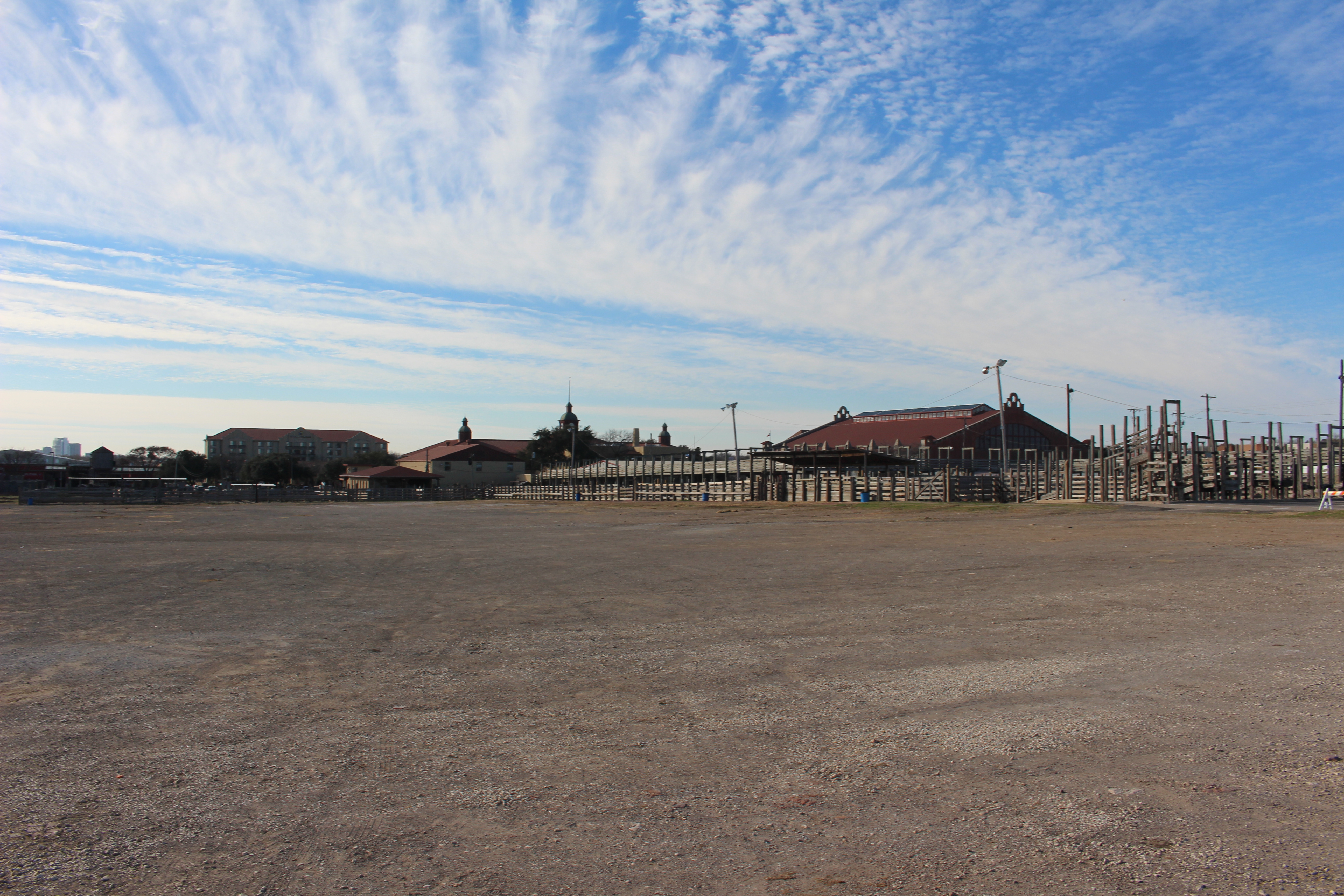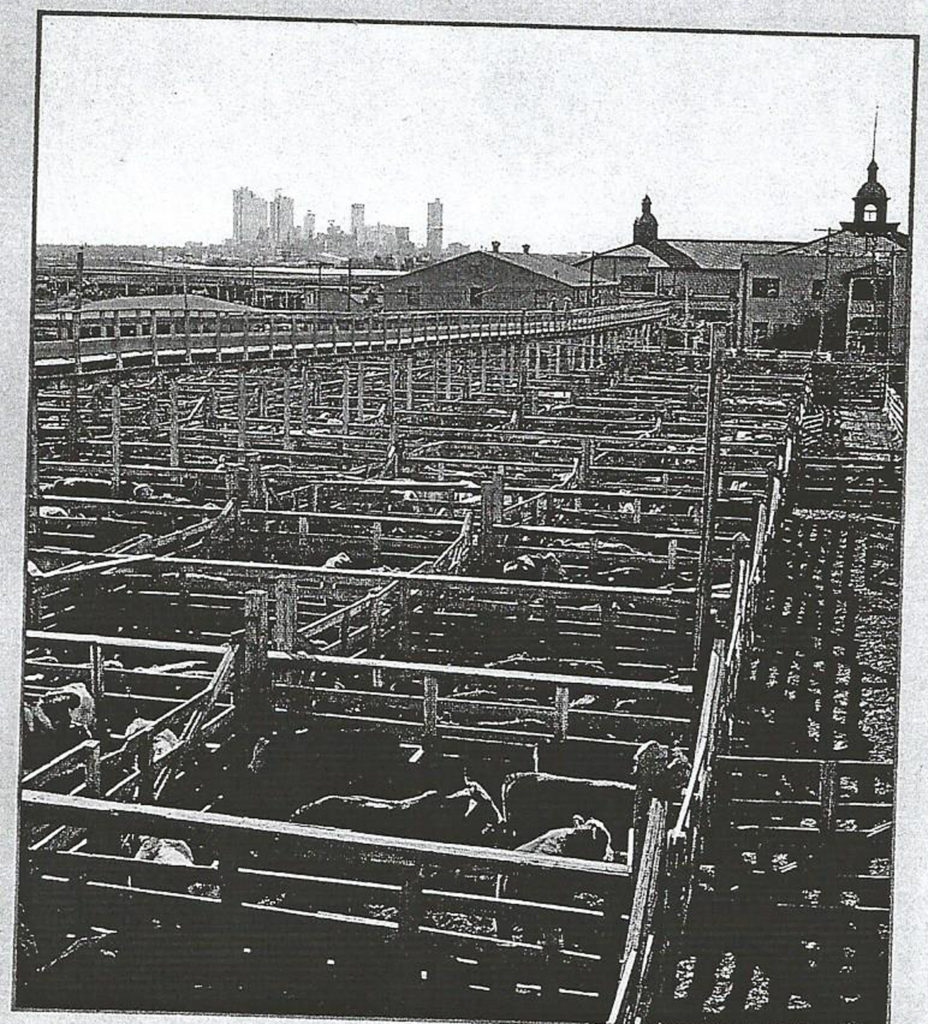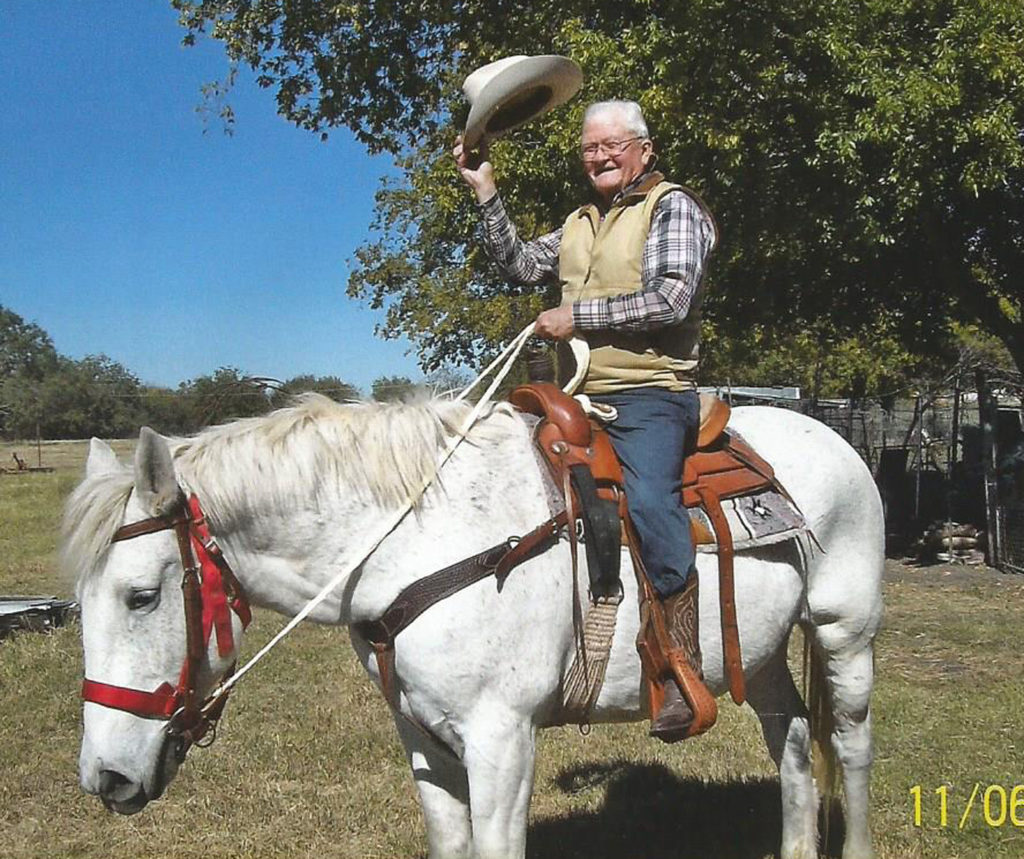Farm & Ranch
Recollections from the Last Fort Worth Stockyard Cowboy – Billy Campbell

By Jessica Crabtree
In present day, the Fort Worth Stockyards on North Main and Exchange Street in downtown Fort Worth boasts store after store of specialty items, fine eating establishments and a Longhorn cattle drive right down Exchange Street twice a day.
By night, the Stockyards turn into an atmosphere of lights and people electrified by music and taverns for entertainment. Perhaps the lure to people is the nightlife, entertainment or the historical ambiance the streets portray.
In the late 1800s, Fort Worth became a center for cowboys driving cattle north and south. Fort Worth was a point of rest and relaxation before saddling up and fighting the dust, heat, cold and cattle of the trail. Totaling more than four million cattle, between 1866 and 1890 cowboys pushed cattle through Fort Worth sealing its fate as “Cowtown.” In 1876 the railroad arrived in Fort Worth, securing the city’s prominence as a prosperous and industrialized city.
Becoming a major shipping point in 1887, the city or George and June Polk built the first stockyards naming it Union Stockyards, situating it only miles north of the Tarrant County Courthouse and just east of the railroad track close to Main Street. Following the establishment of the stockyards, a man arrived promoting a packing house.
Local businessmen saw the opportunity for great development within their city rather then sending cattle off to slaughter elsewhere. After three attempts with three different owners, methods and adversities, the packing house industry was a failure until Ogden Armour, the son of the owner of the packing house Armour Packing Company, met with Louville N. Nile from the stockyards and was convinced he could make a packing house work and agreed to expand and improve the established facilities.
To read more pick up a copy of the March 2017 NTFR issue.
Farm & Ranch
Acorn Toxicity

By Barry Whitworth, DVM, MPH
With the prolonged drought, most pastures in Oklahoma end up in poor condition. With the lack of available forage, animals may go in search of alternative foods.
If oak trees are in the pastures, acorns may be a favorite meal for some livestock in the fall. This may result in oak poisoning.
Oak leaves, twigs, buds, and acorns may be toxic to some animals when consumed.
To read more, pick up a copy of the November edition of North Texas Farm & Ranch magazine, available digitally and in print. To subscribe by mail, call 940-872-5922.

Farm & Ranch
Silver Bluestems

By: Tony Dean
There are a handful of grasses on North Texas grazing lands ranchers need to know, not because they are highly desirable, but rather because they are not of much value. I call them “decom” plants, which is am acronym for “Don’t Ever Count On Me.” Silver bluestem is a “decom” grass.
Silver bluestem is a perennial which grows in all areas of Texas. It can survive in almost all soil types, and in full sun conditions or in semi shade. It grows up to three feet tall and is easily recognized with the presence of the white fuzzy seed head. Also, one of the identifying characteristics of Silver bluestem is a bend in the stems at each node, causing the plants to take on a rounded shape as they mature.
To read more, pick up a copy of the November edition of North Texas Farm & Ranch magazine, available digitally and in print. To subscribe by mail, call 940-872-5922.

Farm & Ranch
Meanwhile Back At The Ranch

By: Rayford Pullen
Fall is here which means winter is closing in on us and before we officially get into winter, we need to make sure our factories are either producing or will be producing in a few months.
We have been pregnancy testing our cows this fall and if they are not bred or nursing a calf, we are bidding them adios. With annual costs somewhere between $900.00 and $1,000.00 per cow, those cows not producing a live weaned calf are costing us quite a bit.
To read more, pick up a copy of the November edition of North Texas Farm & Ranch magazine, available digitally and in print. To subscribe by mail, call 940-872-5922.
-

 Country Lifestyles2 years ago
Country Lifestyles2 years agoScott & Stacey Schumacher: A Growth Mindset
-

 Country Lifestyles8 years ago
Country Lifestyles8 years agoStyle Your Profile – What your style cowboy hat says about you and new trends in 2017
-

 HOME8 years ago
HOME8 years agoGrazing North Texas – Wilman Lovegrass
-

 Equine1 year ago
Equine1 year agoThe Will to Win
-

 Country Lifestyles5 years ago
Country Lifestyles5 years agoAmber Crawford, Breakaway Roper
-

 Outdoor9 years ago
Outdoor9 years agoButtercup or Primrose?
-

 Country Lifestyles8 years ago
Country Lifestyles8 years agoJune 2016 Profile – The man behind the mic: Bob Tallman
-

 Country Lifestyles8 years ago
Country Lifestyles8 years agoDecember 2016 Profile, Rusty Riddle – The Riddle Way






